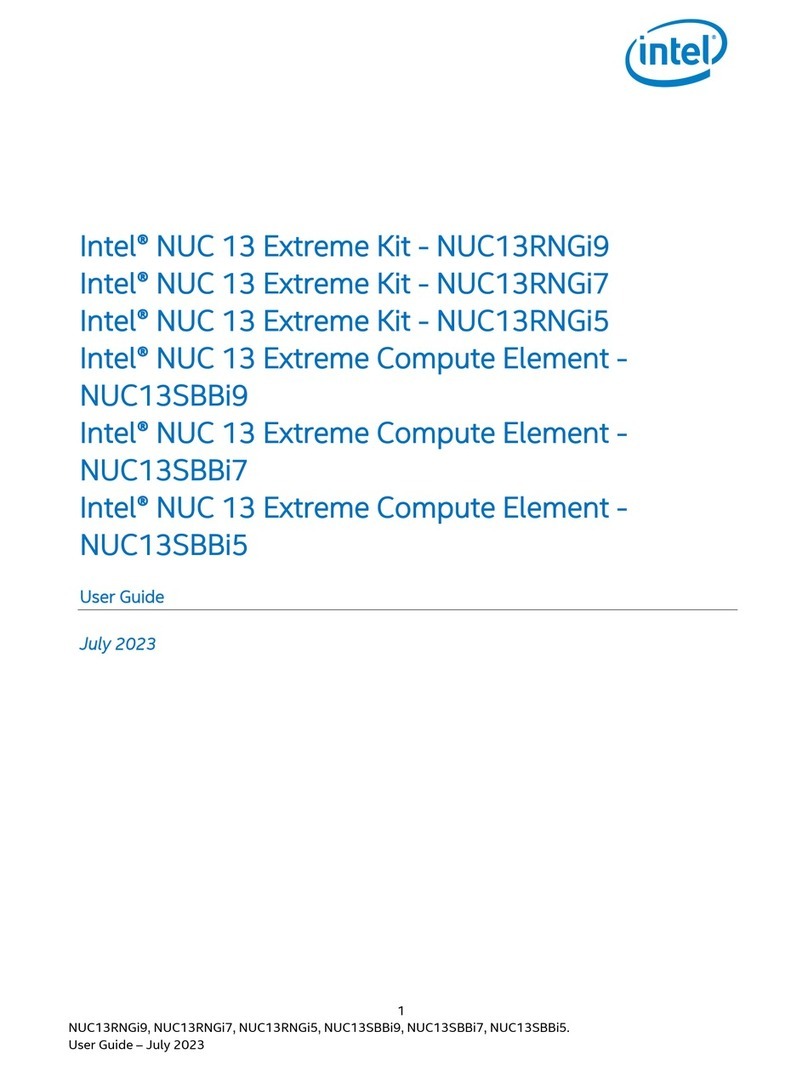Intel I7-900 DEKSTOP SPECIFICATION User manual
Other Intel Computer Hardware manuals
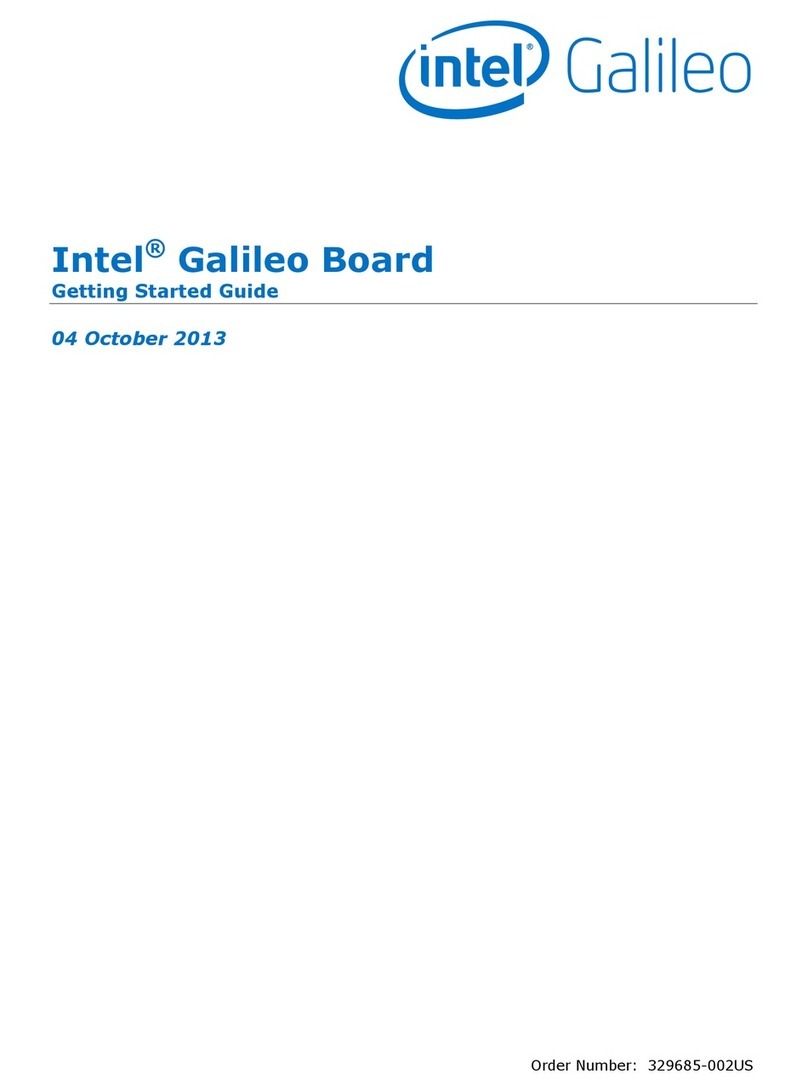
Intel
Intel Galileo User manual

Intel
Intel VC820 - Desktop Board Motherboard Guide
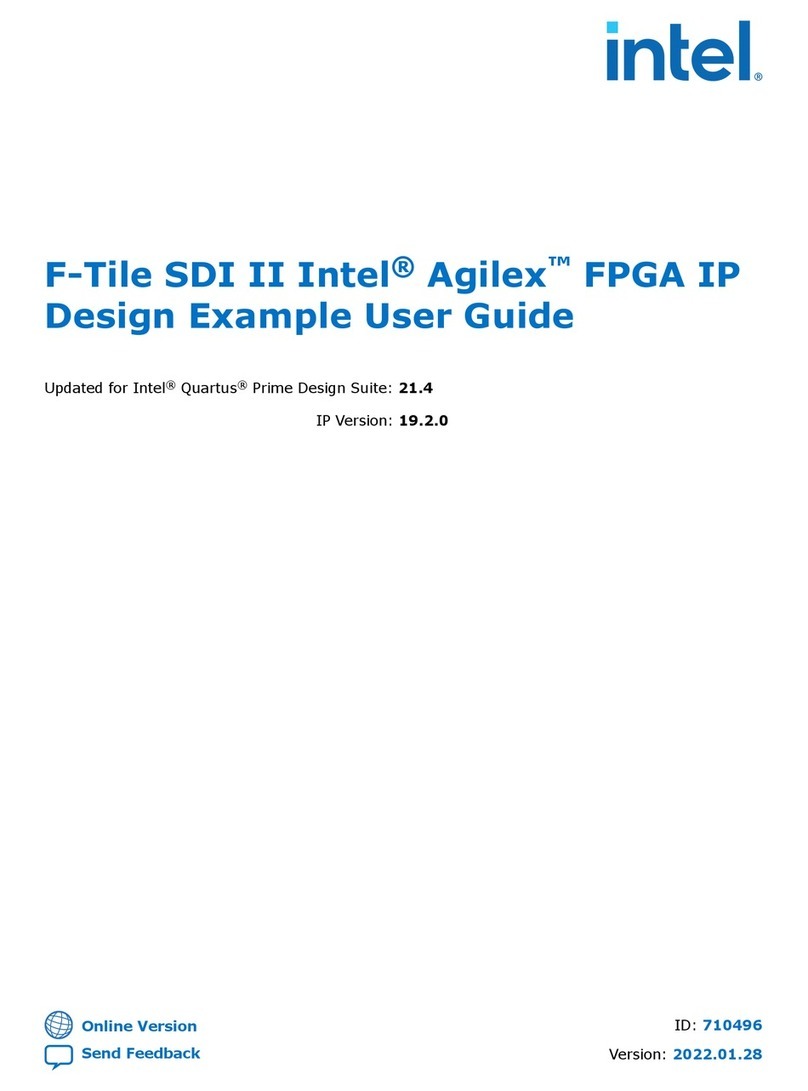
Intel
Intel F-Tile SDI II Intel Agilex User manual
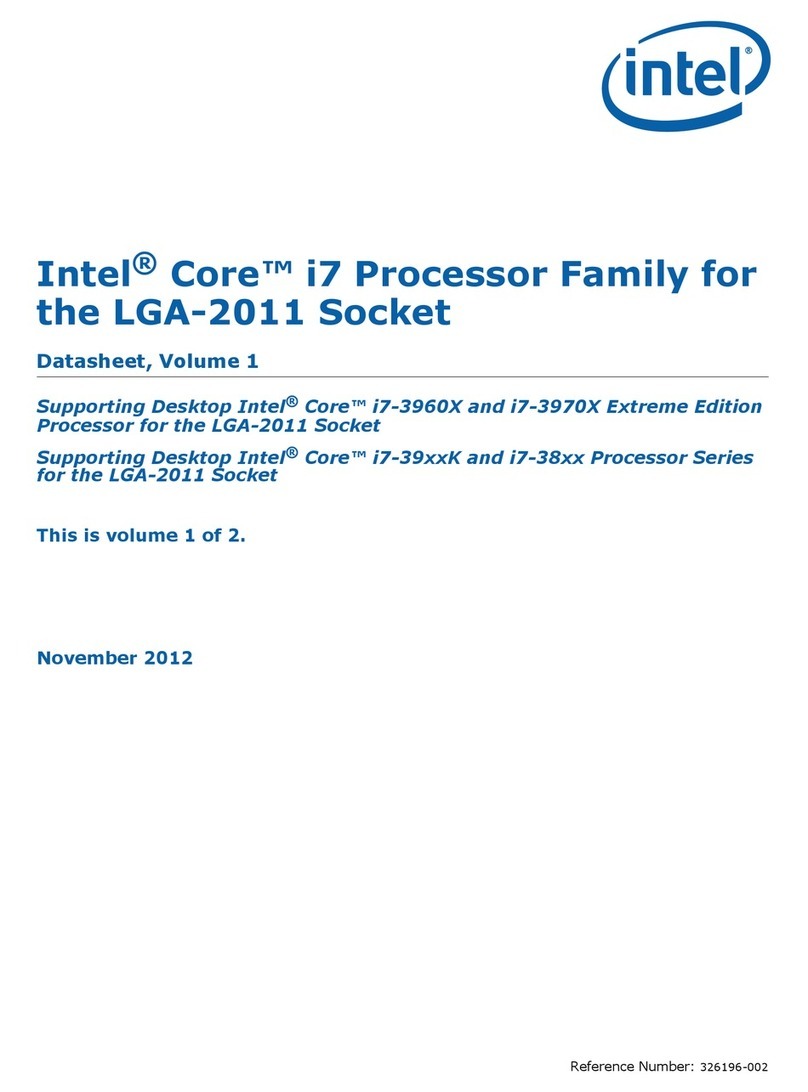
Intel
Intel BX80619I73960X User manual
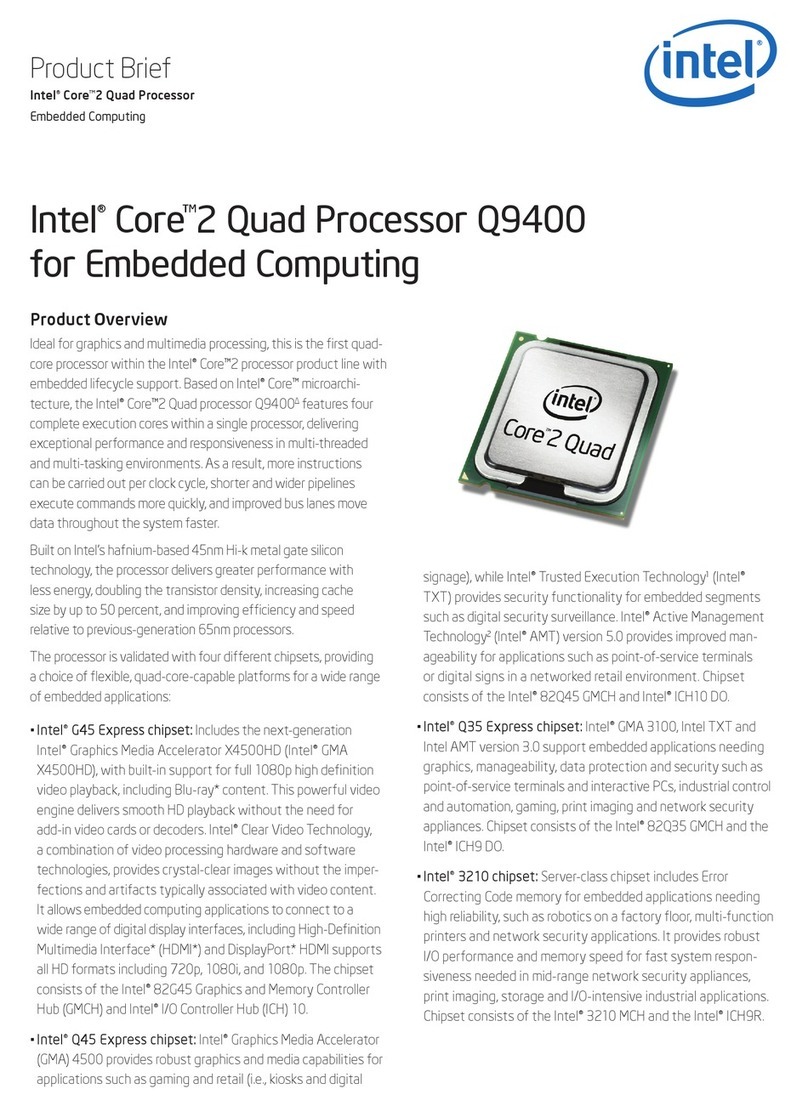
Intel
Intel Core 2 Quad Q9400 Reference guide
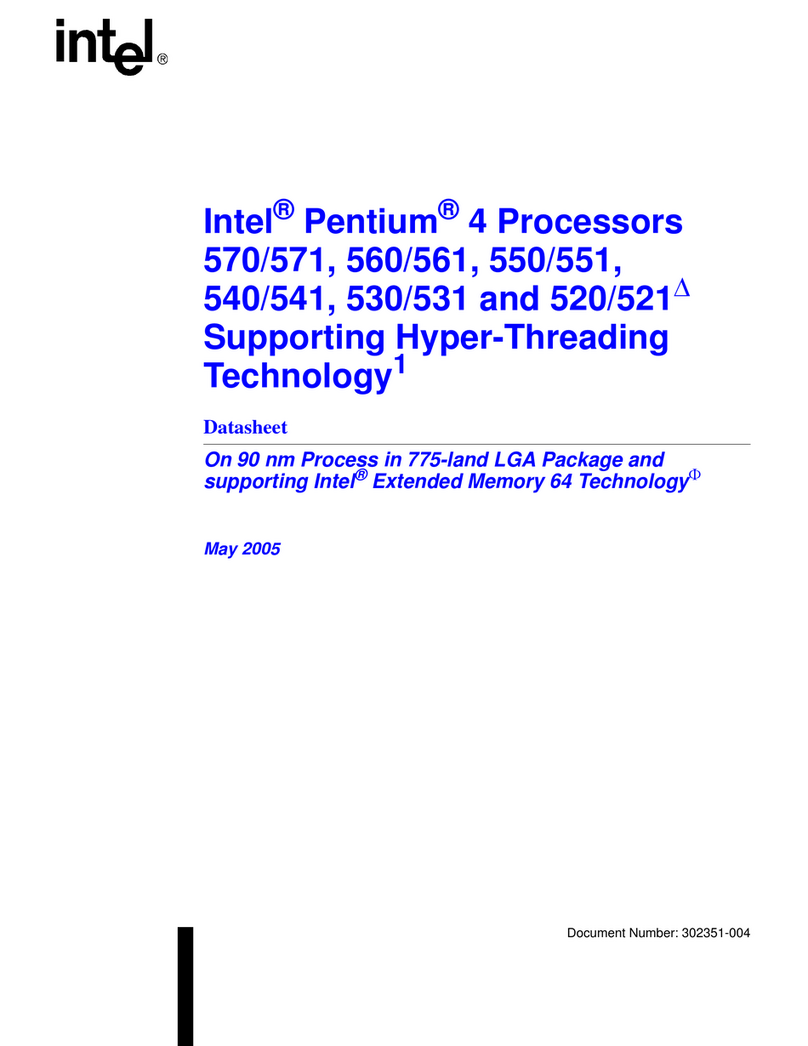
Intel
Intel 520J - Pentium 4 2.80GHz 800MHz 1MB Socket 775... User manual
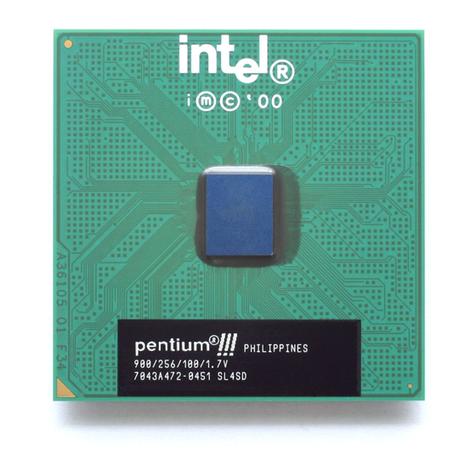
Intel
Intel Pentium III Guide
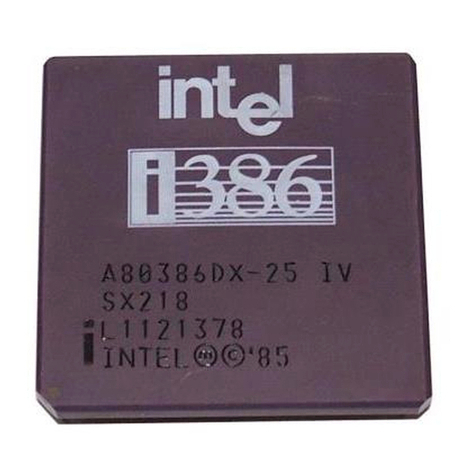
Intel
Intel 80386 User manual
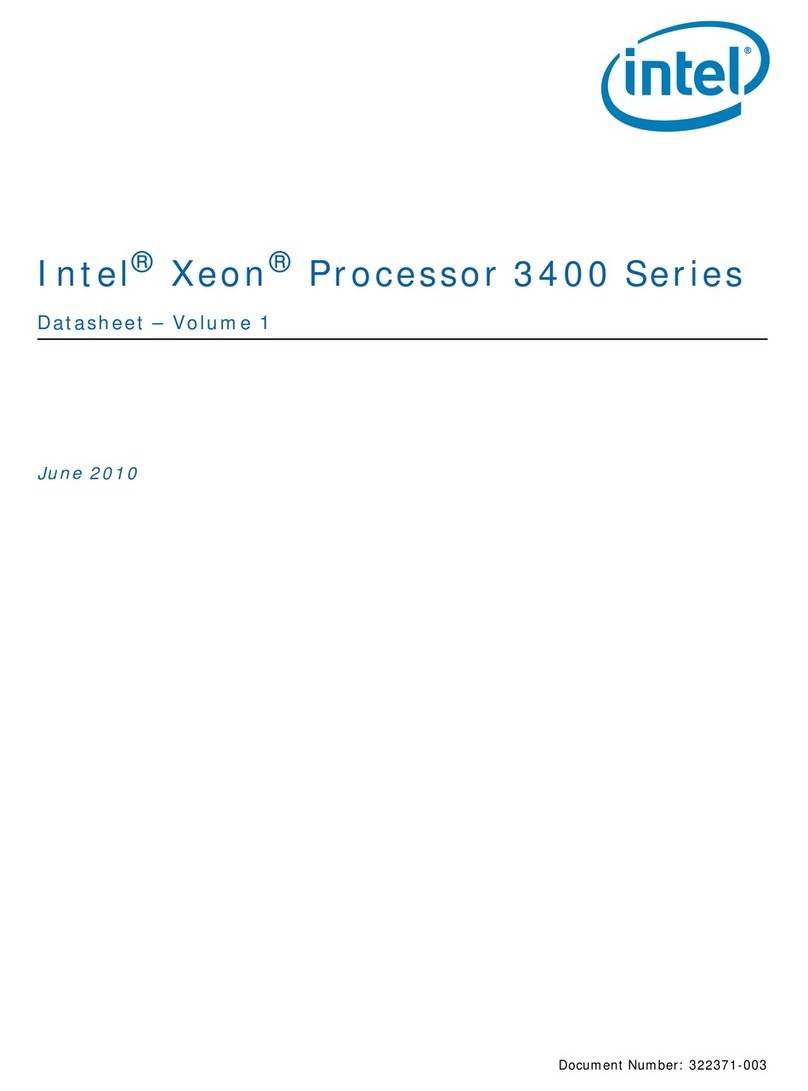
Intel
Intel BX80605X3430 - Xeon 2.4 GHz Processor User manual
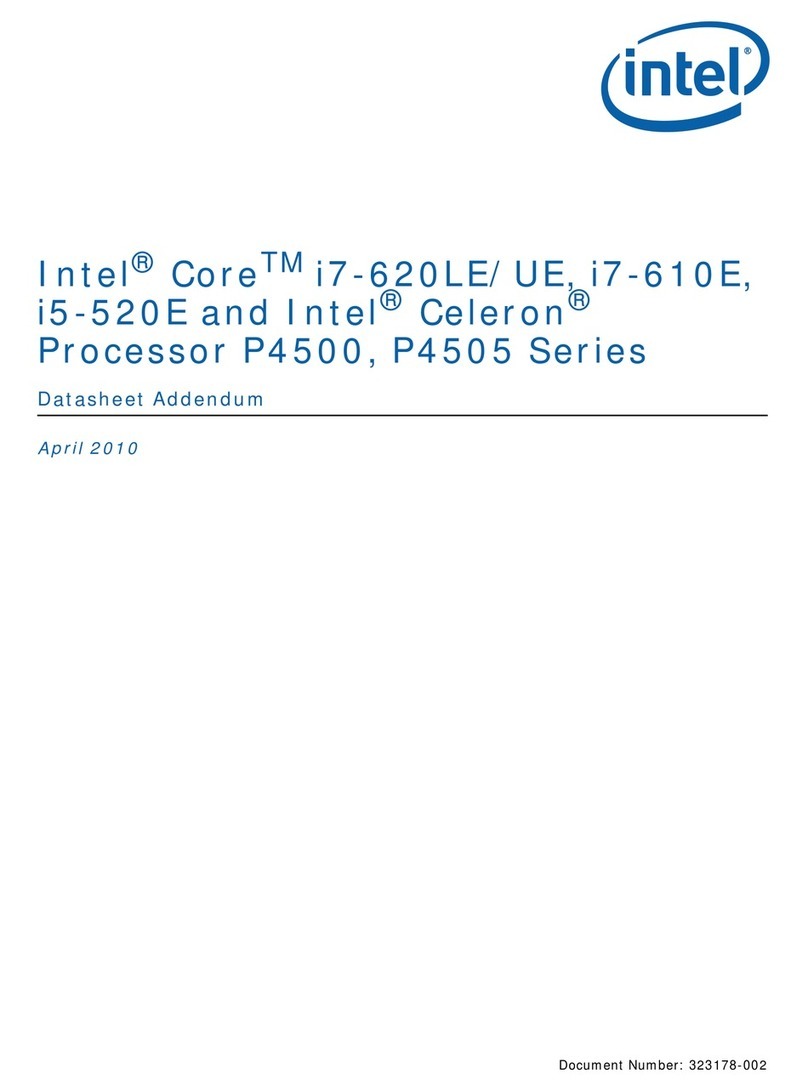
Intel
Intel I5-520E - ADDENDUM User manual

Intel
Intel NUC6i7KYK User manual
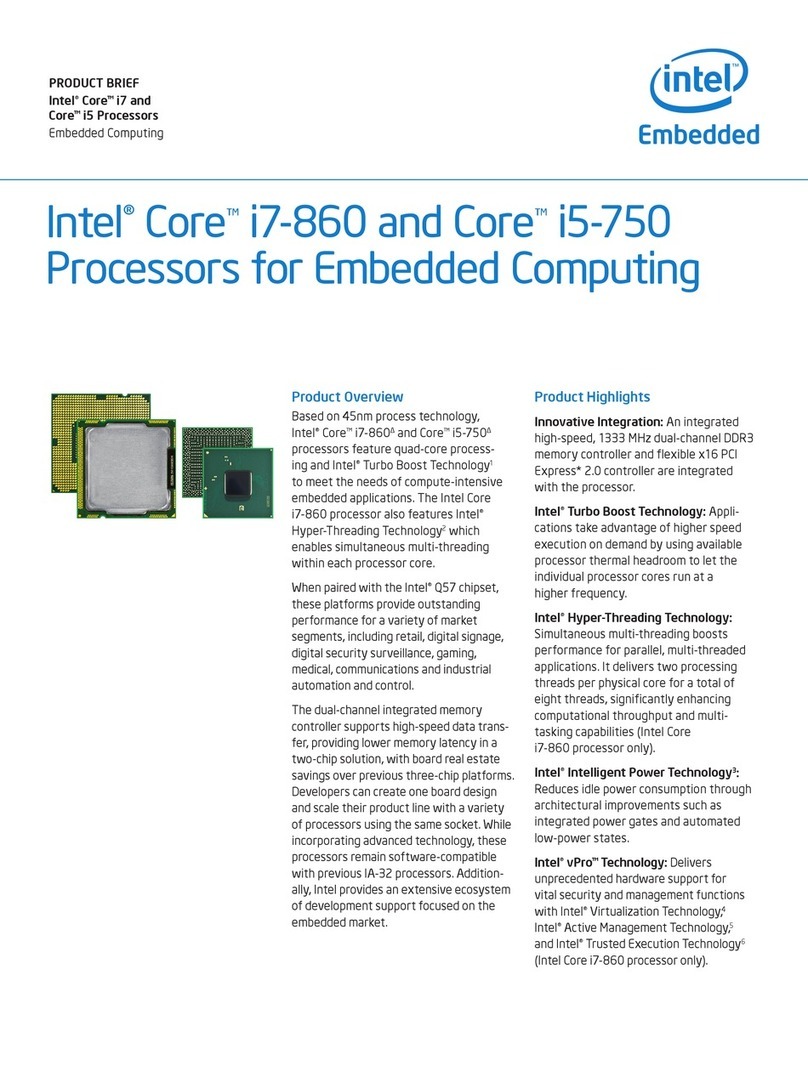
Intel
Intel Core i7-860 Operating and safety instructions
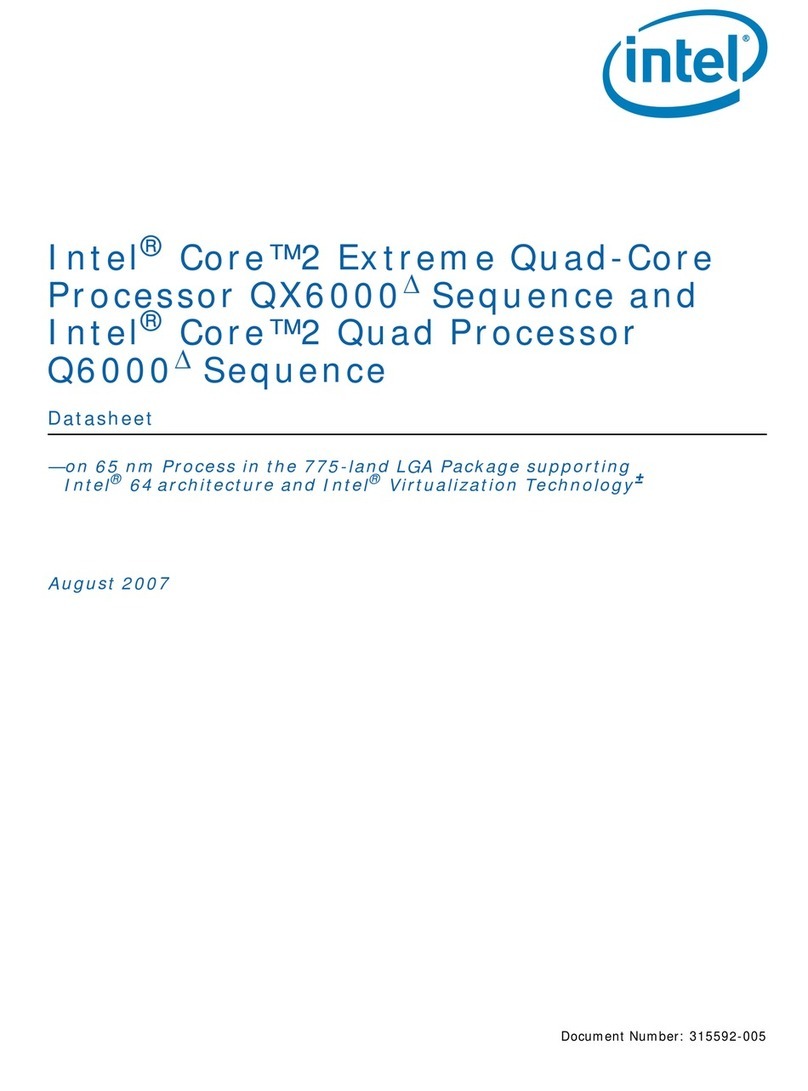
Intel
Intel BX80562QX6700 - Core 2 Extreme 2.66 GHz... User manual
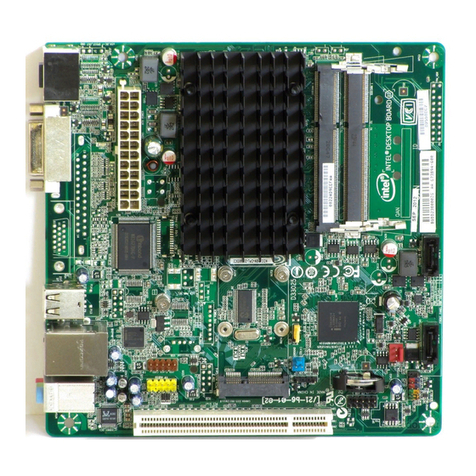
Intel
Intel D2550DC2 User manual
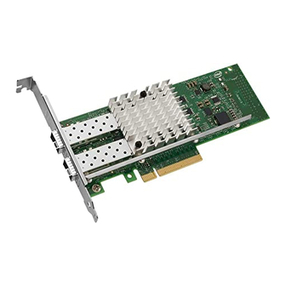
Intel
Intel XL710-Q2 User manual
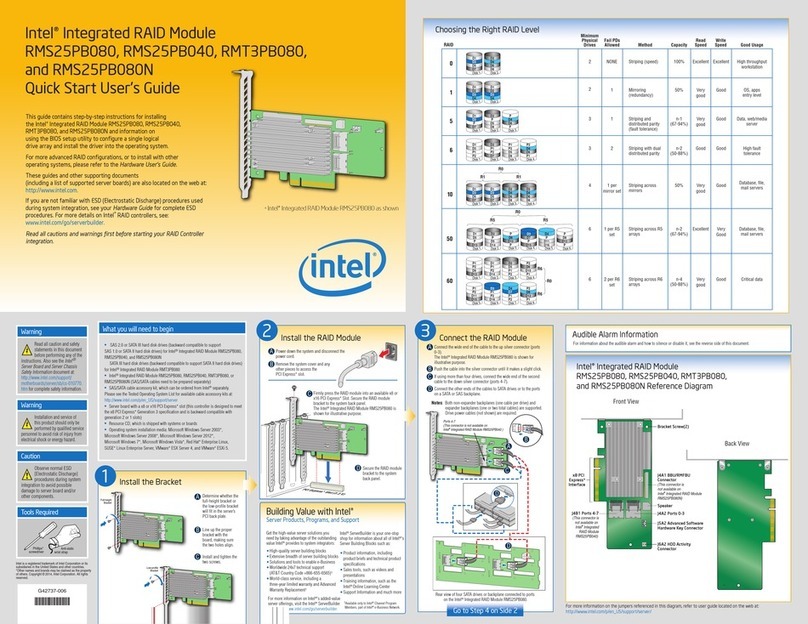
Intel
Intel RMS25PB080 Setup guide
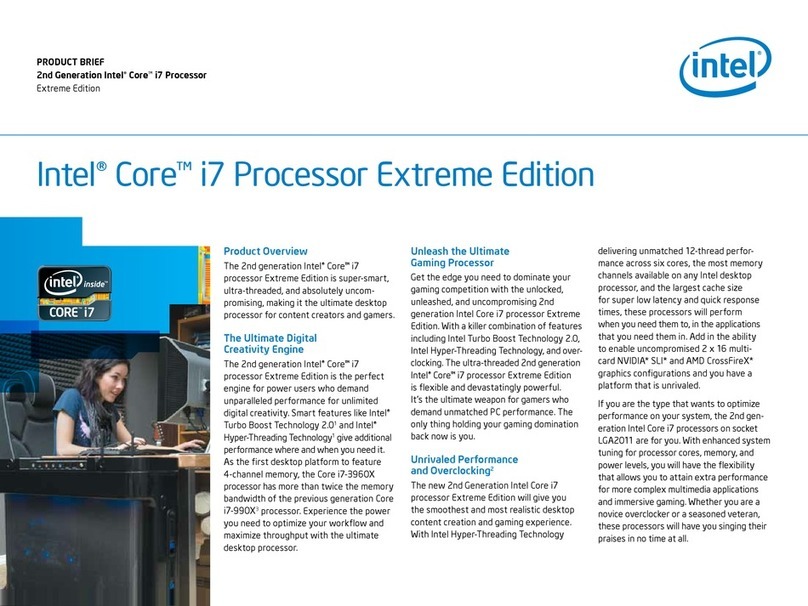
Intel
Intel Core i7-3960X Operating and safety instructions

Intel
Intel NUC Kit NUC1ATKPE User manual
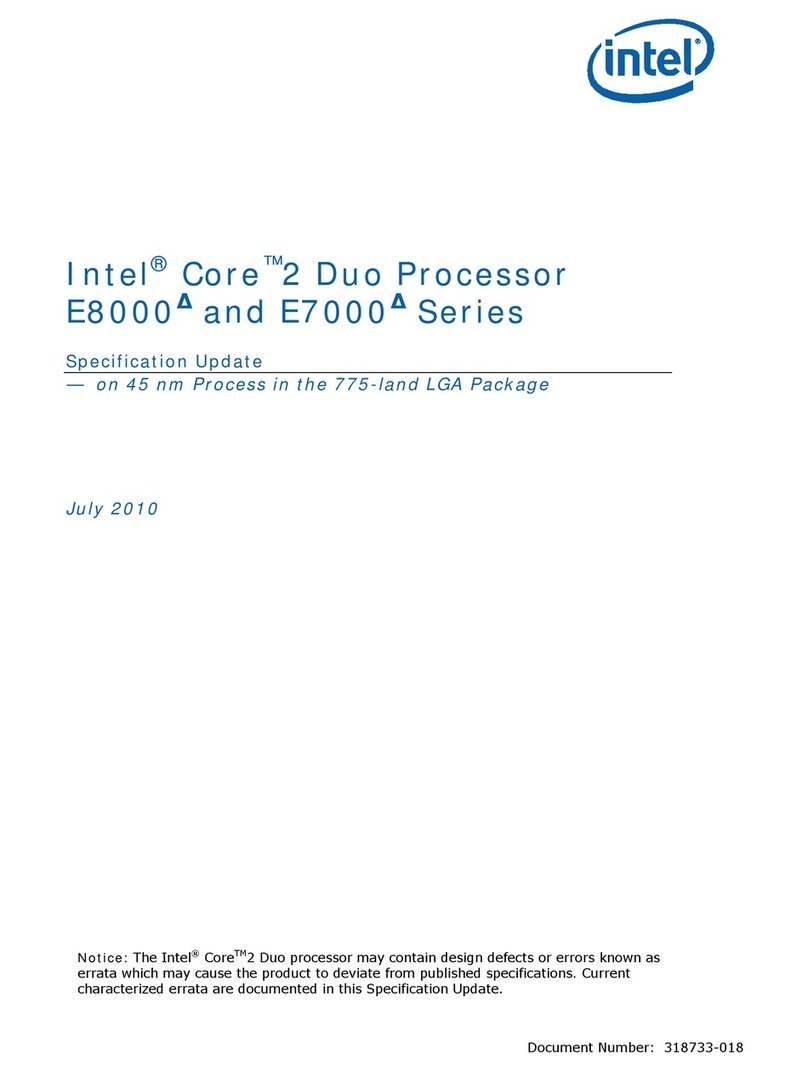
Intel
Intel CORE 2 DUO E7000 - UPDATE 7-2010 User manual
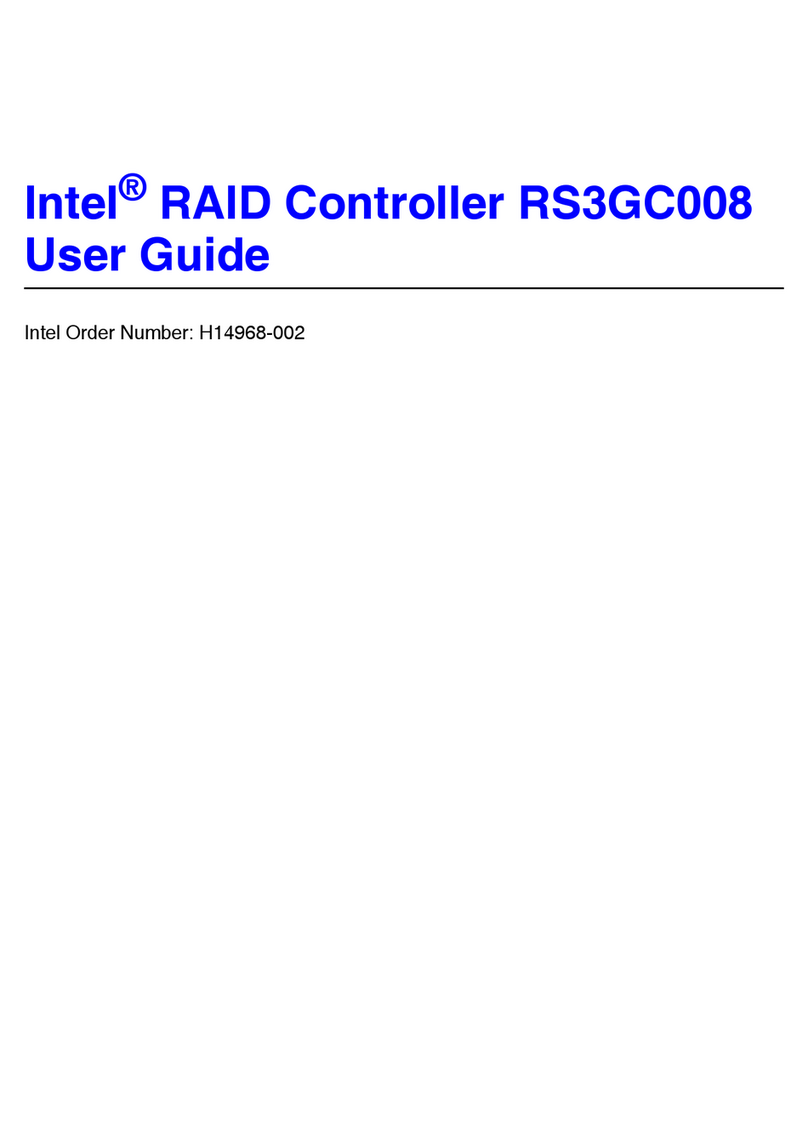
Intel
Intel RS3GC008 User manual
Popular Computer Hardware manuals by other brands

Toshiba
Toshiba TOSVERT VF-MB1/S15 IPE002Z Function manual

Shenzhen
Shenzhen MEITRACK MVT380 user guide

TRENDnet
TRENDnet TEW-601PC - SUPER G MIMO WRLS PC CARD user guide

StarTech.com
StarTech.com CF2IDE18 instruction manual

Texas Instruments
Texas Instruments LMH0318 Programmer's guide

Gateway
Gateway 8510946 user guide

Sierra Wireless
Sierra Wireless Sierra Wireless AirCard 890 quick start guide

Leadtek
Leadtek Killer Xeno Pro Quick installation guide

Star Cooperation
Star Cooperation FlexTiny 3 Series Instructions for use

Hotone
Hotone Ampero user manual

Connect Tech
Connect Tech Xtreme/104-Express user manual

Yealink
Yealink WF50 user guide

